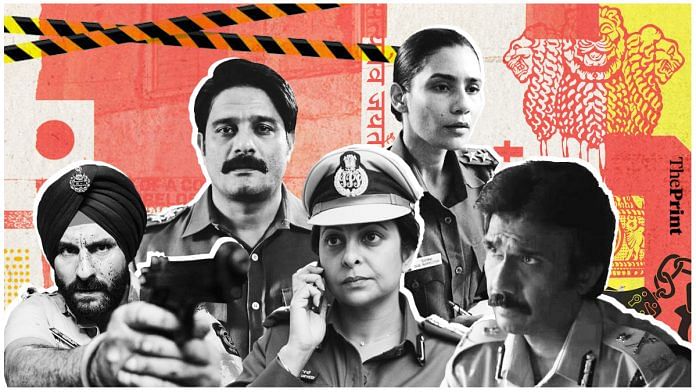In the 2020 web series Paatal Lok, an exhausted police inspector, Hathi Ram Chaudhary, receives a call from his superior who asks him to abort a mission or be terminated. After a pause, he says, “Sir, aadhi zindagi baap ki aankhon mein dekha hai ki uska beta c****** hai, baaki ki zindagi bete ki aankhon mein nahi dekhna chahta ki uska baap c****** hai (For half of my life, I have seen my father think of me as a loser. I don’t want to see my son feeling the same about me for the next half).” It encapsulates the anguish and frustration Chaudhary undergoes on a daily basis as an ordinary man, who just happens to be a cop.
Much like Chaudhary, police officers on OTT platforms are human – that’s something new. They are angry, vulnerable, disappointed and tired, but striving to do their job, one day at a time.
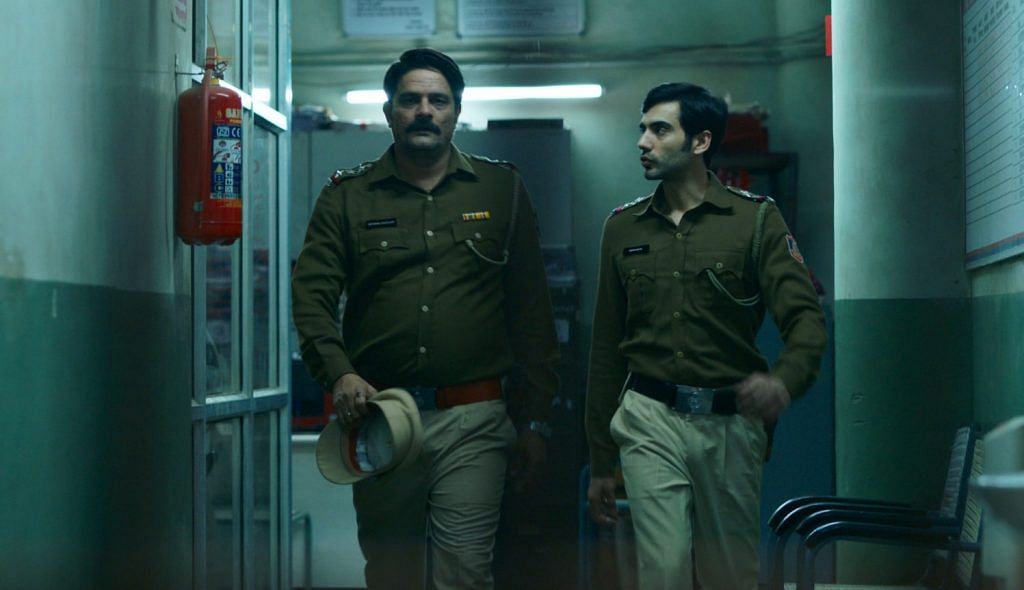
The standard trope for the police in Bollywood masala films in the 1970s and 1980s was that they always arrived late. But from Salman Khan’s Chulbul Pandey to Ajay Devgn’s Singham, the police officers of recent Bollywood movies have been swashbuckling superheroes performing over-the-top antics — flying over roofs to riding with one foot each in two cars. But OTT movies/series have shrunk police officers to their actual size, made them dour and down to earth, with warts and all. The police stations are dingy, the overflowing files real, and the police officer a person, not a uniform.
What began with Sartaj Singh played by Saif Ali Khan in Sacred Games (2018), the first Indian web series on Netflix, has evolved into a stellar line-up of fictional police officers rooted in realism on over-the-top (OTT) media services.
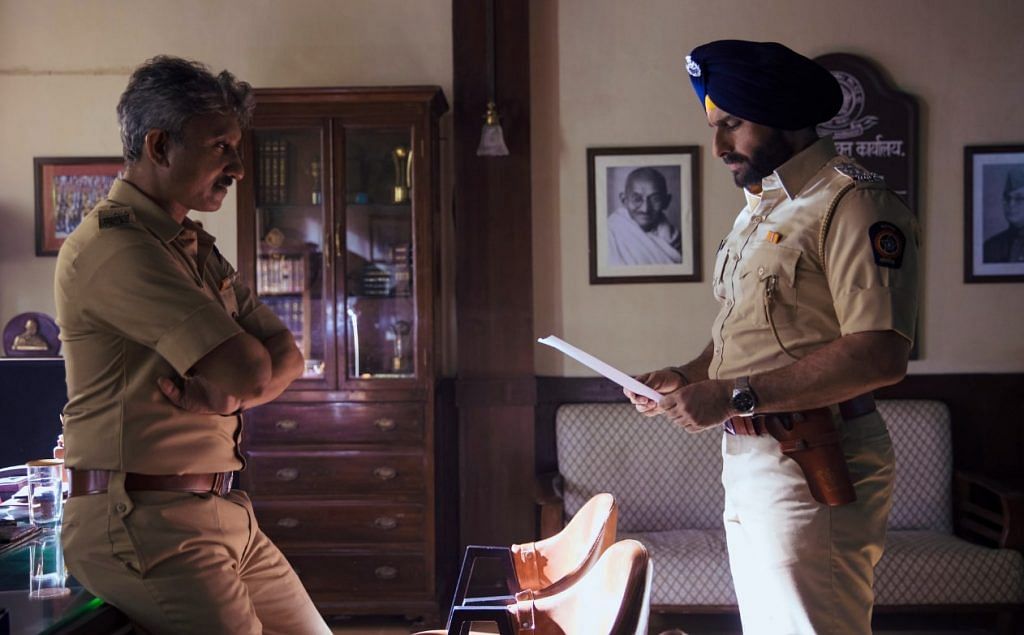
“I have never seen a human police officer [on screen], not since Ardh Satya (1983),” Jaideep Ahlawat, who played Hathi Ram Chaudhary, quoted a senior IPS officer as saying during an interview with Mashable India. We don’t see police officers being recognised as common people on screen, the actor said.
In another web series She (2020), the recent second season introduces a high-ranked police officer DCP Khursheed Alam, played by Hyderabad theatre veteran Mohammad Ali Baig. If Hathi Ram Chaudhary and DCP Alam existed in the same realm, the latter would perhaps be living handsomely in the highest rung i.e. swarga. But what connects these two police officers, distanced from each other in the hierarchy, is the authenticity of their characters.
We now have a platter of police officers who have taken a step back from the high-voltage action drama and have let us into the vulnerable and often dark dungeons of their lives.
Also read: Rocketry to Rocket Boys — India has finally entered era of science films and series
No more masala cops
Sartaj Singh, from Sacred Games, is constantly battling with the trauma of his personal life while solving a murder mystery. DCP Vartika Chaturvedi and Neeti Singh in Delhi Crime (2019) present two varying perspectives of two women engulfed by the same case – the 2012 gang rape. Hathi Ram Chaudhary in Paatal Lok tries to fulfill the brutal demands of his fruitless profession even after years of living in a proverbial hell. Inspector Regina Thomas in Suzhal (2022), an able small-town cop, grapples with the allure of corruption after things don’t go her way.
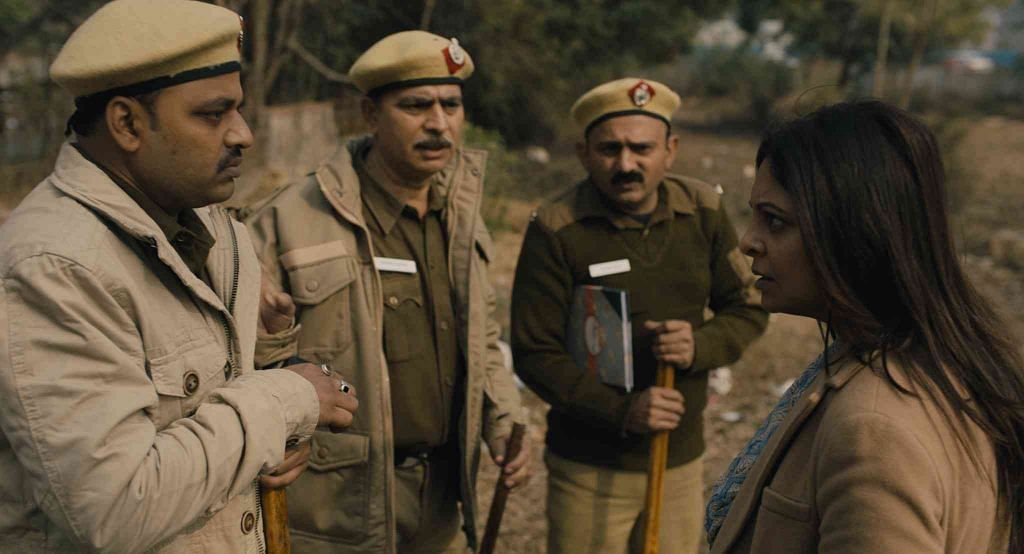
Soni in a Netflix crime drama by the same name (2018) follows a young police officer trying to strike a balance between her personal and professional life as one spills into the other.
Geetika Vidya Ohlyan, who played Soni, also built her character from the experiences of a real-life cop. “I spent a lot of time with Arti Sharma, SHO of Maurice Nagar Police Station in Delhi. Observing her speak or conduct herself in different situations was a big learning. Seeing her mannerisms make you realise that she is also a human,” Ohlyan said.
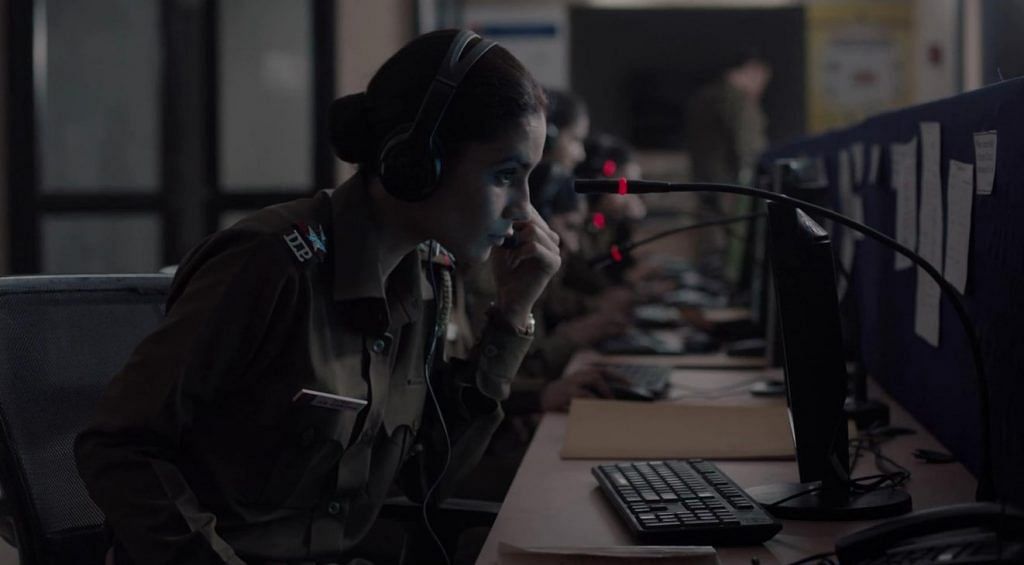
Directed by Ivan Ayr, Soni is the story of a young police officer living alone in Delhi following her divorce. While being good at her job, her temperament often gets her in trouble. But the writing never dramatises Soni’s struggles or circumstances. Rather, it brings forth — coupled with Ohlyan’s acting prowess — different facets of Soni’s individuality, be it vulnerability, anger, frustration, or calmness.
DCP Alam in She may be a high-ranked officer but he, too, faces challenges while dealing with his subordinates. For his role, Baig also drew inspiration from real-life characters, thanks to his years of friendship with multiple commissioners and high-ranked officers in India and abroad. “When I was given the character sketch of DCP Alam, I didn’t have to study or research. I knew he was an amalgamation of commissioner 1, 3, and 5. I was given a brief but beyond that, I drew from real people. I discussed it with the director Arif Ali, and thankfully we were on the same page,” he told ThePrint.
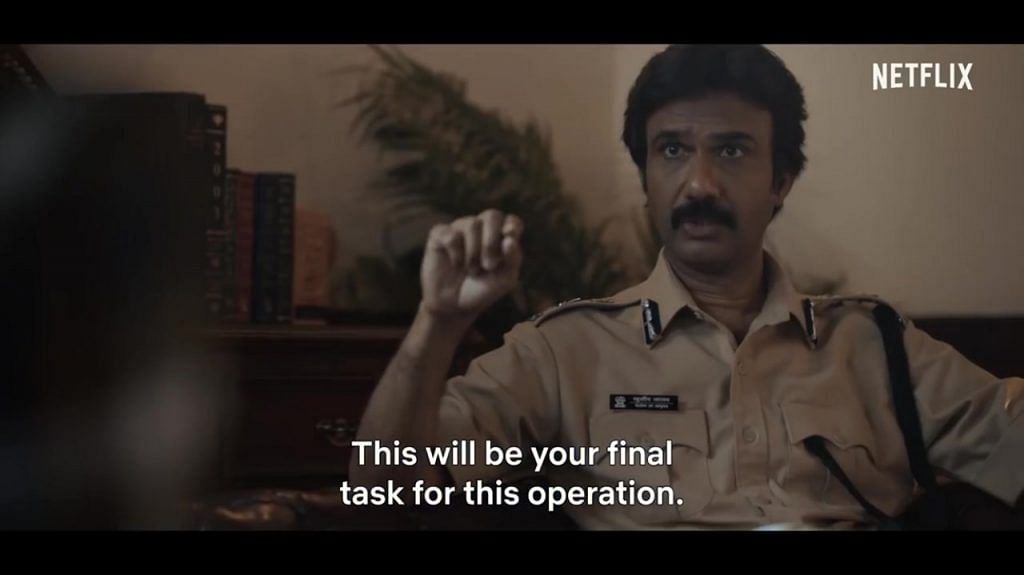
Unlike most senior-ranked officers we see on screen, DCP Alam was not a police officer giving orders from across his table while the tricolour and medals hung behind him. Whenever he interacts with Bhumika (the protagonist), a constable from a humble background, he treats her with respect. But he also asserts his stature when the need arises, without being loud or altering his baritone. “He does not wear power on his sleeve,” says Baig, emphasising that “cops bhi toh insaan hote hai (Cops are also human)”.
All these police officers residing in the OTT world are stripped of the masala Singham layer. They are sharp and badass, but they need not jump off cars and break walls to convey that. These new police officers live in shades of grey.
Also read: WeCrashed, The Dropout, SuperPumped—3 OTT series show there’s a lot of con in the unicorn game
Singham to real cops
After the commercial success of Singham (2011), Simmba (2018), and Sooryavanshi (2021), director Rohit Shetty announced an action series, Indian Police Force, starring Siddharth Malhotra and Shilpa Shetty. With this, he plans to expand the Indian cop universe. Before that, we saw Salman Khan’s Chulbul Pandey in Dabangg (2010, 2012, 2019), who earned crores by gyrating to thumping songs and cracking silly jokes.
But beyond car chases, science-defying high voltage action, dialogue-baazi, and lazy comedy, and women as side props, who are these characters? Beyond their illustrious profession, as these films often portray, who are these men and where do they come from? There seems to be no specific answer.
But with the advent of OTT, a fictional army of cops has surfaced who have recall value beyond the stories. As Baig describes, it is like a “public commodity versus boutique merchandise”.
“Cops have metamorphosed from superheroes breaking walls and riding bikes that land in villain’s den. Unlike in Bollywood, cops here are more believable and are well researched,” Baig says.
However, he also stressed that the target audience for a web series is different from the one going to watch high-budget masala entertainers in theatres.
Sumit Purohit, the writer of Scam 1992, which had Rajat Kapoor essay the character of famous cop K. Madhavan, says that mainstream Bollywood has always been larger than life and reflects on how society feels about cops in each generation. “In the ’90s, police officers on screen were corrupt and hence we had an angry young man to fight them off. Later, we had films like Khakee (2004) that showed that cops can be corrupt but still loyal. In Mohra (1994), we saw corrupt yet responsible cops,” Purohit said.
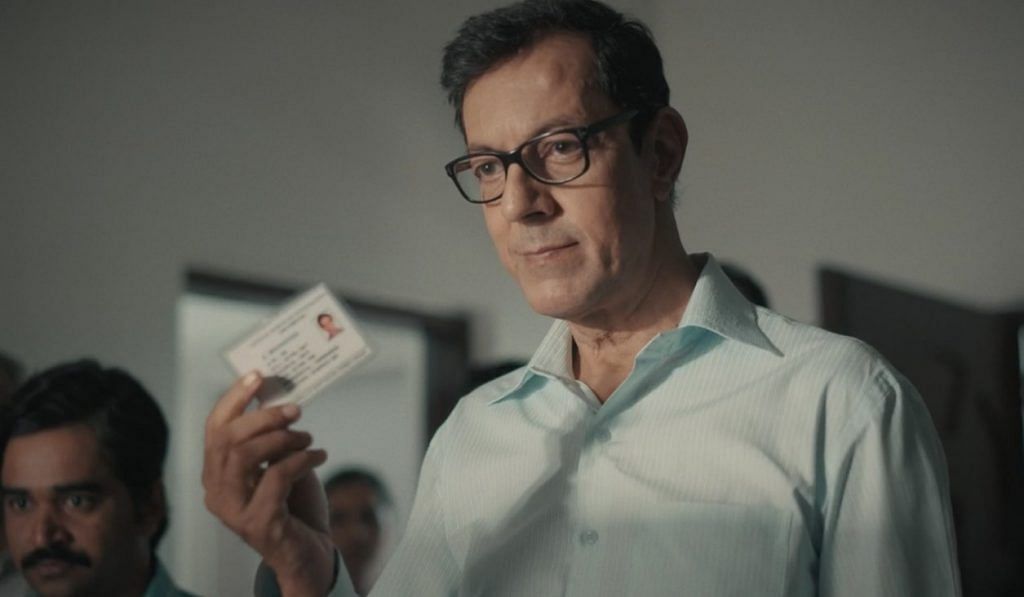
Also read: Code M to Test Case—Ekta Kapoor gets it right on women in Army
As for whether OTT has fared better than feature films in doing justice to the portrayal of the police, Purohit doesn’t readily agree. He says that since there is so much content available, there always will be a “good portrayal” of every character and profession. Citing films like Ardh Satya, Mardaani (2014), and Badhaai Do (2022) from the recent lot, Purohit says that one can find “interesting” portrayals throughout the history of cinema. “It’s just that with OTT and its long-form nature, a lot of research goes into writing,” he says. Since shows/films on OTT are not box-office driven, a lot more focus can be given to the story and richness of the character.
“Had we written Scam 1992 for the big screen, it wouldn’t have worked,” he says.
Reminiscing on his experience of working across film industries, Baig says that a few years ago when someone would play a realistic role, it used to be credited as “Hollywood-style acting”. He says if one stops taking the audience for granted and churn out characters rooted in reality, India doesn’t have to look up to Hollywood for a “realistic” form of writing. India’s OTT cops are changing – one case at a time.
(Edited by Neera Majumdar)


